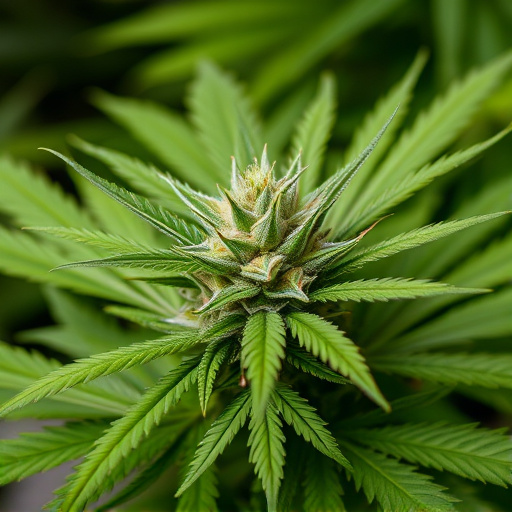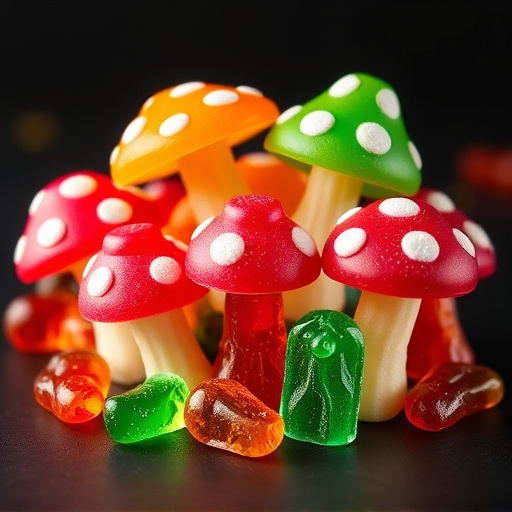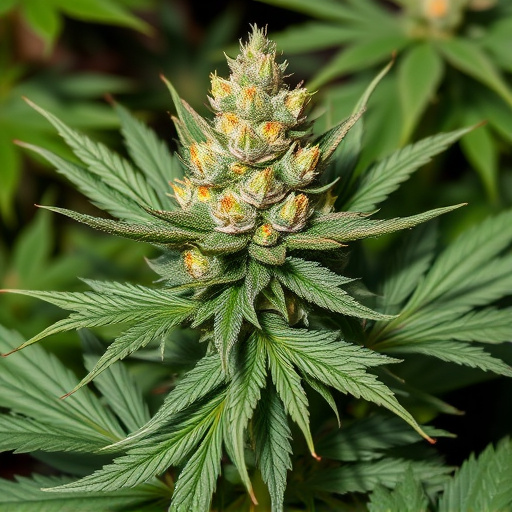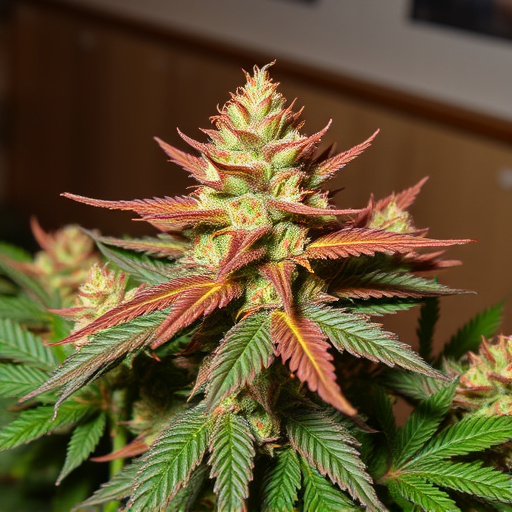Drug testing for old school cannabis strains has evolved from basic urine analysis to sophisticated techniques like GC-MS, which can detect specific cannabinoids in bodily fluids, providing more accurate and precise results. Unlike traditional tests focusing on longer-lasting metabolites, modern methods identify recent cannabis use. Old school strains, known for their high THC levels, can lead to extended positives due to THC's fat-soluble nature. Understanding these testing methods is crucial to avoid false positives and ensure accurate results for individuals concerned about the impact of old school cannabis.
Weed, or cannabis, has been a topic of interest in drug testing due to its growing legal status and varying effects. This article explores how cannabis shows up in tests, delving into different detection methods, the metabolism of THC, and the surprising longevity of its presence in the body—even from old school cannabis strains. Understanding these factors is crucial for both users and employers, as it helps navigate testing times and their implications.
- Understanding Drug Testing Methods
- The Metabolism and Detection of Cannabis
- Old School Strains: Effects and Detection Time
Understanding Drug Testing Methods
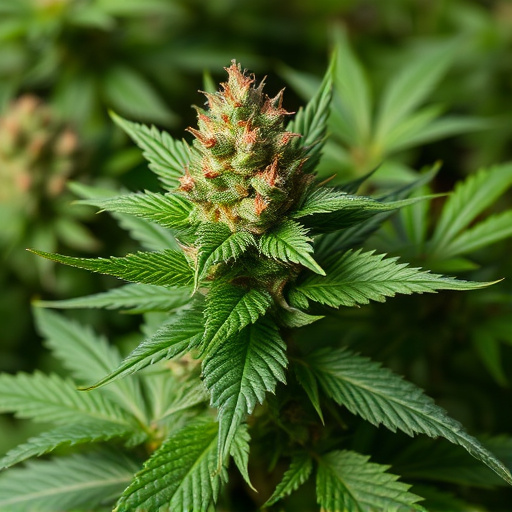
Drug testing methods have evolved significantly over time, moving from simple urine tests to more advanced techniques capable of detecting a wide range of substances, including cannabis. Old school cannabis strains, known for their high THC content and distinct flavors, pose unique challenges in these modern tests. Traditional urinalysis focuses on detecting cannabinoids like THC and its metabolites, which can remain in the body for days or even weeks after consumption, depending on frequency and amount consumed.
However, with the advancement of technology, more sophisticated methods like gas chromatography-mass spectrometry (GC-MS) are now used to identify specific cannabinoids present in bodily fluids. This allows for a more precise determination of recent cannabis use, even with old school strains that may have lower THC levels compared to modern hybrids. Understanding these testing methods is crucial for individuals concerned about false positives and ensuring accurate results.
The Metabolism and Detection of Cannabis
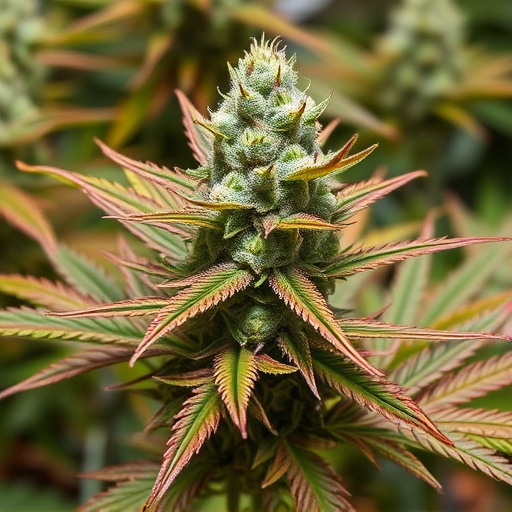
Cannabis, or marijuana, is a complex plant with various compounds that can impact an individual’s drug test results. When someone consumes old school cannabis strains, which often have higher concentrations of THC (tetrahydrocannabinol), the body metabolizes this compound in several ways. THC is fat-soluble, meaning it gets stored in adipose tissue and slowly released into the bloodstream. This is why its effects can last for days or even weeks after consumption.
The detection of cannabis in drug tests typically involves identifying its metabolites, particularly 11-nor-9-carboxy-THC (THC-COOH), which has a longer half-life than THC and is more easily detectable in urine samples. Traditional drug testing methods, such as immunoassays, can identify these metabolites, leading to positive test results for cannabis use. However, the sensitivity and specificity of these tests vary, with some advanced techniques capable of distinguishing between different cannabis strains and their unique chemical profiles, even for old school varieties known for their potent THC content.
Old School Strains: Effects and Detection Time
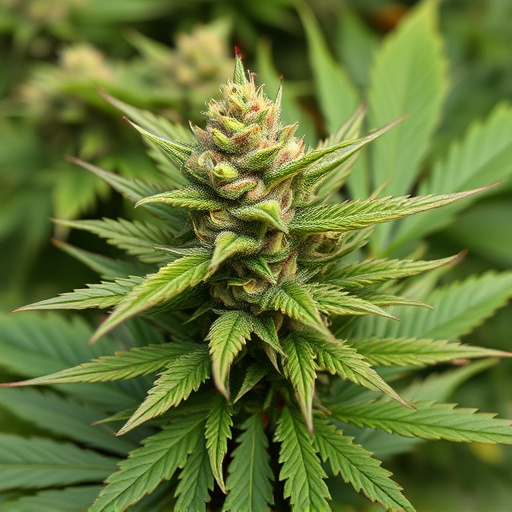
Old school cannabis strains, known for their rich history and unique characteristics, have distinct effects on users. These varieties often contain higher levels of THC, the primary psychoactive compound responsible for the “high” feeling. As a result, individuals smoking old school strains may experience heightened sensory perception, increased relaxation, and a more introspective mindset. However, this heightened state also means that these strains can be easily detected in drug tests.
In terms of detection time, old school cannabis strains can remain detectable for up to 30 days after consumption. This is due to the metabolic processes that occur within the body after smoking or ingesting cannabis. The THC and its metabolites are stored in fat cells, allowing them to accumulate over time. Drug tests typically detect these metabolites in urine, blood, or hair samples, providing a window of approximately one month for old school strains to be identified.
Weed, or cannabis, can remain detectable in drug tests for varying periods depending on several factors. Old school cannabis strains, known for their higher THC content, tend to have longer detection times due to the rapid metabolism of THC into its metabolite, THCA. Understanding these processes is crucial when interpreting test results, especially when considering false positives from exposure to old school strains. Regular drug testing methods can detect THC in urine, blood, and hair samples, with varying sensitivity and windows of detection. By recognizing the unique characteristics of different cannabis strains and their impact on drug tests, individuals can make informed decisions regarding their substance use.


